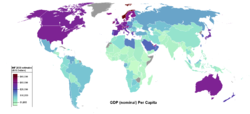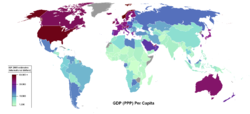Holman Jenkins absolutely slammed the whole charade in Saturday’s issue of The Wall Street Journal.
Basically, the report says that the whole thing could have been avoided.
No, duh: just like car accidents can be avoided.
This isn’t useful unless you can say how car accidents or financial crises can be avoided. And the report doesn’t say this.
It is pointless to say it was caused by “Greedy bankers, incompetent managers and inattentive regulators …” unless you know how to make people less greedy, incompetent and inattentive.
The dissenters at least propose answers that might be answers. Peter Wallison focuses on U.S. housing policy, a diagnosis that has the advantage of being actionable.
The other dissent, by Keith Hennessey, Bill Thomas and Douglas Holtz-Eakin, sees 10 causal factors, but emphasizes the pan-global nature of the housing bubble, which it attributes to ungovernable global capital flows.
That is also true, but less actionable.
Here’s the real goal of this inquiry:
Mr. Angelides [the chair, and a former member of Congress] has gone around trying to convince audiences that the commission's finding was hard hitting. It wasn't. It was soft hitting. More than any other goal, it strives mainly to say nothing that would actually be inconvenient to Barack Obama, Harry Reid, Barney Frank or even most Republicans in Congress. [emphasis added, both times]


















